Best Apple Varieties for Pies
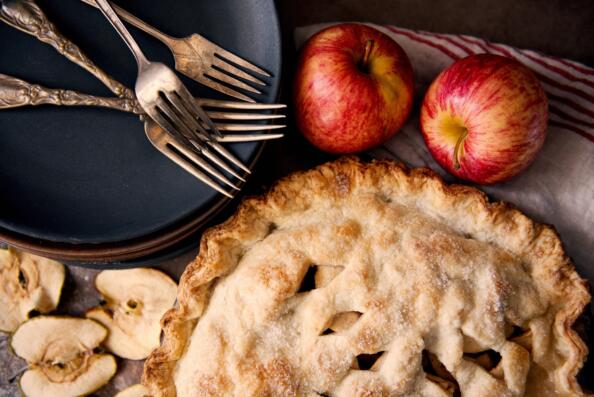
My rigorous testing of 20 different apple varieties has yielded some surpirsing results! Read on for a detailed breakdown of which apples work best for pie, in terms of flavour and texture, and why.
I have never been one to accept printed cooking lore as fact, at least not until I try it out for myself. Usually, the books are proven to be correct, but every once in a while I find that a hallowed cooking “fact” is actually a myth, copied from food writer to food writer with no critical assessment or experimentation (I’m looking at you Don’t-Salt-Your-Beans).
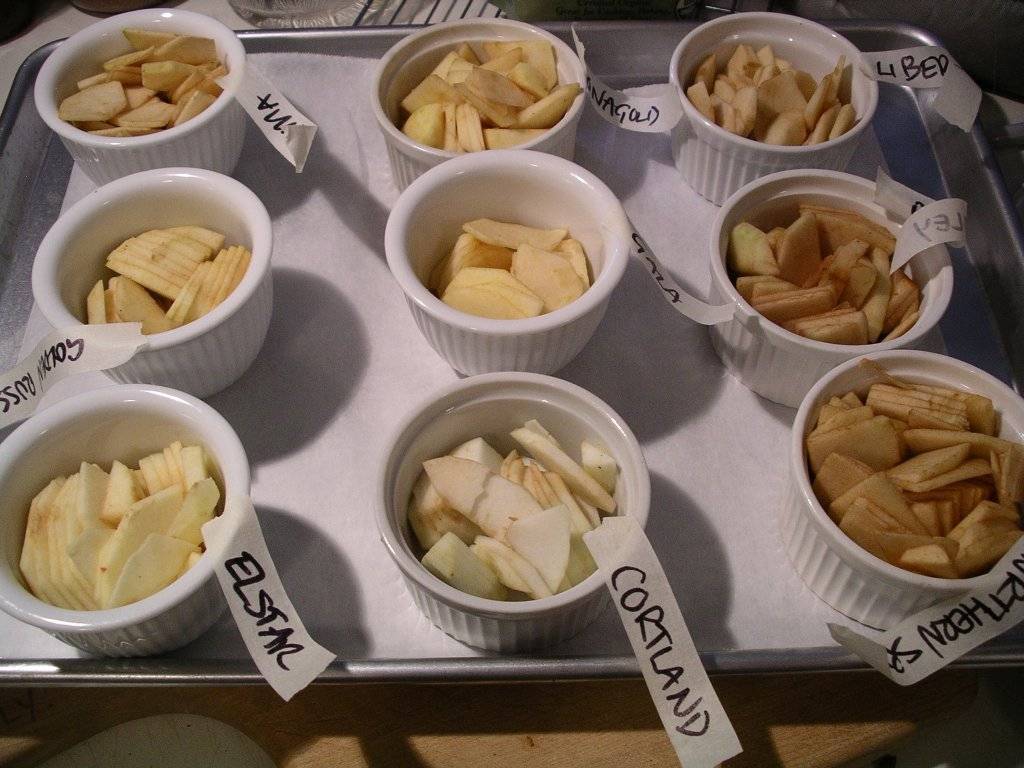
One such “fact” that I see everywhere, EVERYWHERE, is that Granny Smith apples are best for baking. They are reputed to “hold their shape” and to have “the best flavour”. I had always been a little suspicious of this and I decided a few years ago to put this “fact” to the ultimate test.
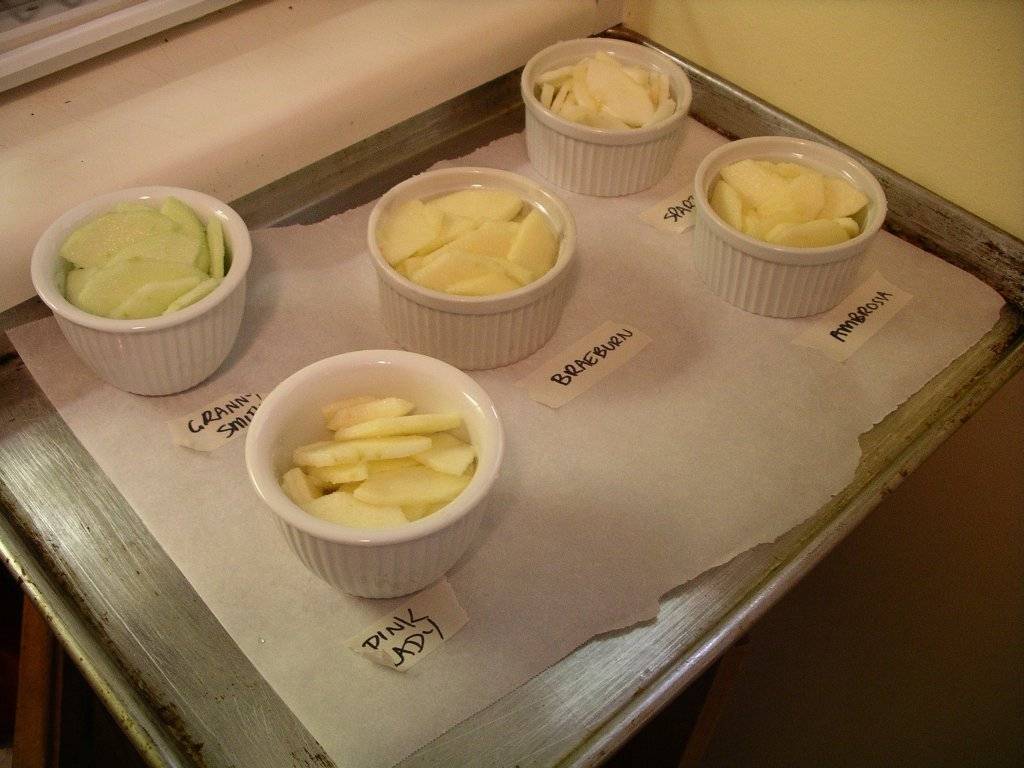
I have been meaning to blog about my Apple Test for years. It’s this obsessive kind of food experimentation that I particularly love to engage in, and the ensuing kitchen-prowess-making results are ones that I love to share with my cooking class participants. Students of my Pie-Making 101 class are already privy to this information regarding the Best Apple Varieties for Pies, and now, you, my blog readers get in on the action.
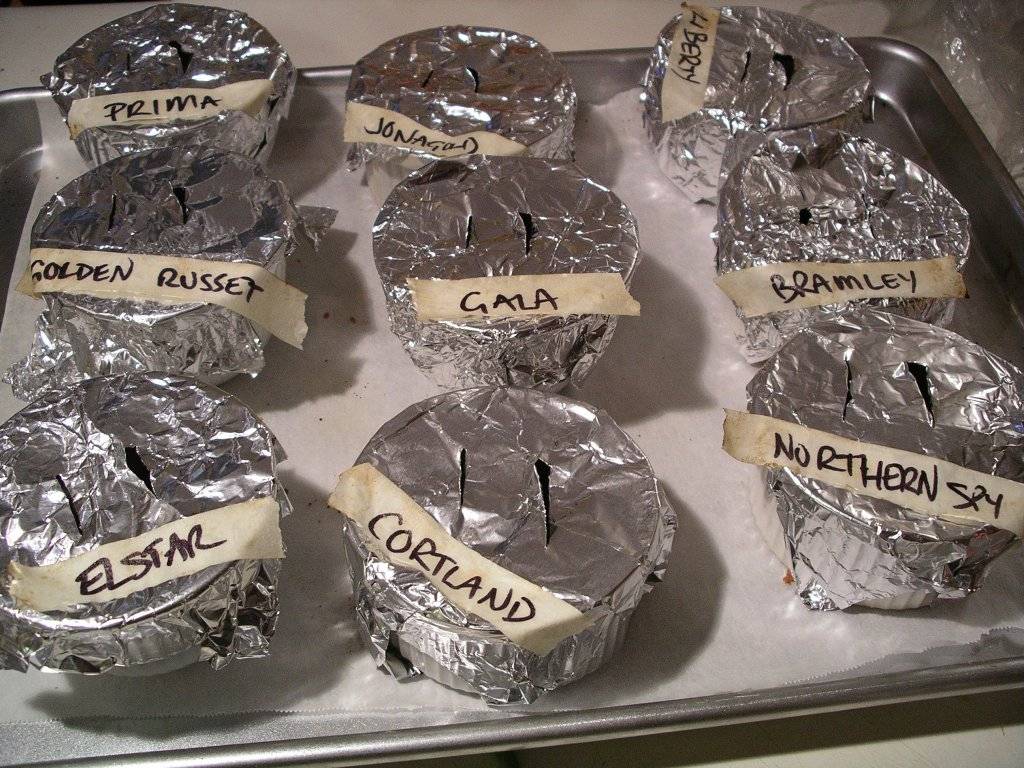
My Apple Test was epic. I don’t say this lightly. Trips to both farm stands and supermarkets netted 20 apple varieties to test. In order to mimic how each apple variety would behave in a pie, I did the following: each apple was peeled, sliced and tossed with an appropriate amount of sugar, and then placed in a ramekin covered with foil (the slits in the foil faithfully reproduced a pie top), labelled and baked. After being pulled from the oven, the apple varieties were all tested for flavour and texture. The results were completely different than I expected and well worth the effort! I love this kind of thing!
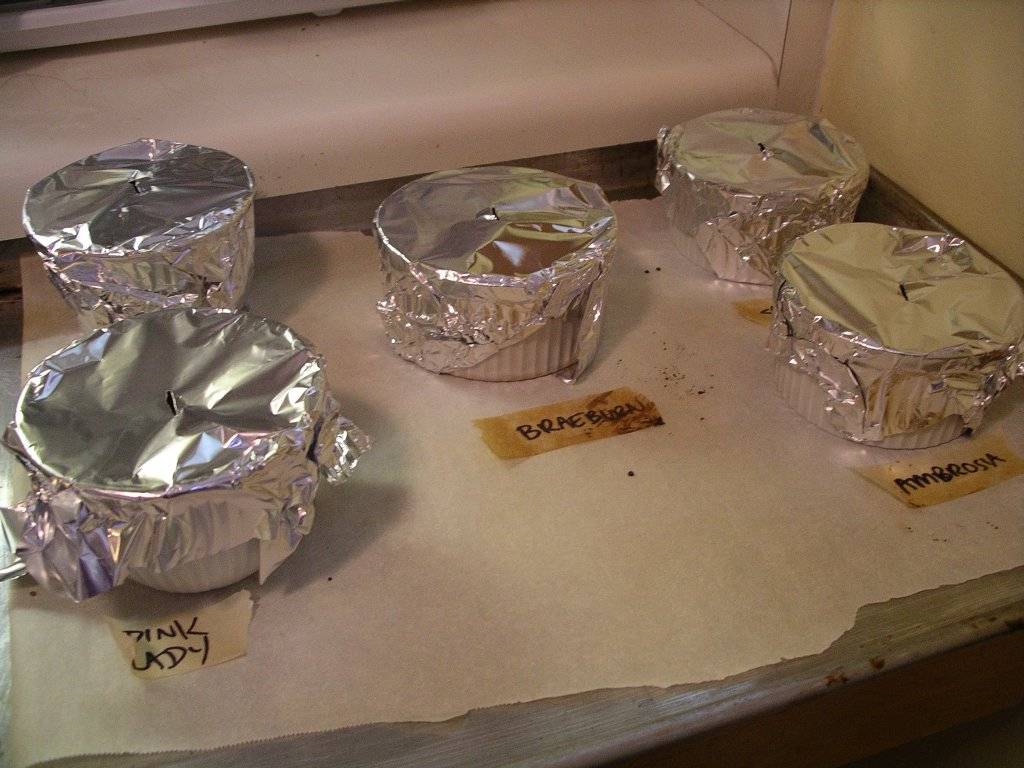
The most important thing I discovered in the Epic Apple Test is that tart apples (i.e Granny Smith), revered in print for their shape-holding abilities, actually get mushy when cooked! And that sweet apples (i.e. Gala) hold their shape! Mind blown.
The flavour discoveries were not so mind-blowing. As expected, heritage apples purchased through the farm stands had better flavour, but almost all of the apple varieties tasted delicious when baked with a bit of sugar. Sure, some were much more tart than others, but each had a special flavour, even most of the good old supermarket apples. So you can tailor your apple choices based on your budget, time constraints, and sweetness preference, as well as take the time of year into account. Right now you can buy loads of heritage apples at Dan’s Country Market, but not so in March.
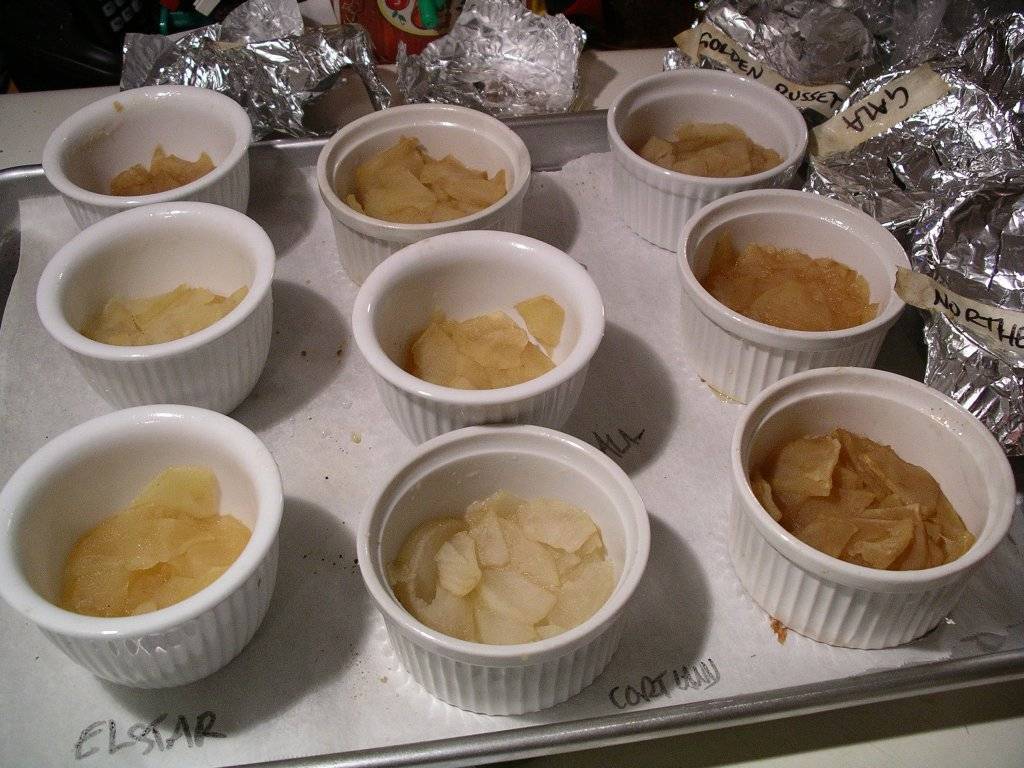
The detailed results of flavour and texture for 20 varieties of apple are below. In general, I discovered that apple pie works best with a mixture of at least two apple varieties, for the ultimate balance of flavour and texture.
An apple pie needs a mixture of both firm-textured (holds shape when baked) and soft-textured (breaks down when baked) apples, to make a filling that holds itself together with no additional thickener. (You want to avoid thickener, like flour or cornstarch, if possible, because it reduces the flavour intensity of the filling and can make it rubbery or gluey). The firm apples act like bricks which stack together to form a wall, while the mushy apples melt between the bricks to form a “mortar” that holds the “brick wall” together. Surprisingly, as I discovered in my Epic Apple Test, the sweet apples tend to hold their shape quite nicely, while the more tart apples get mushy. But, VERY IMPORTANT, you must slice your apples thinly to get the desired effect.
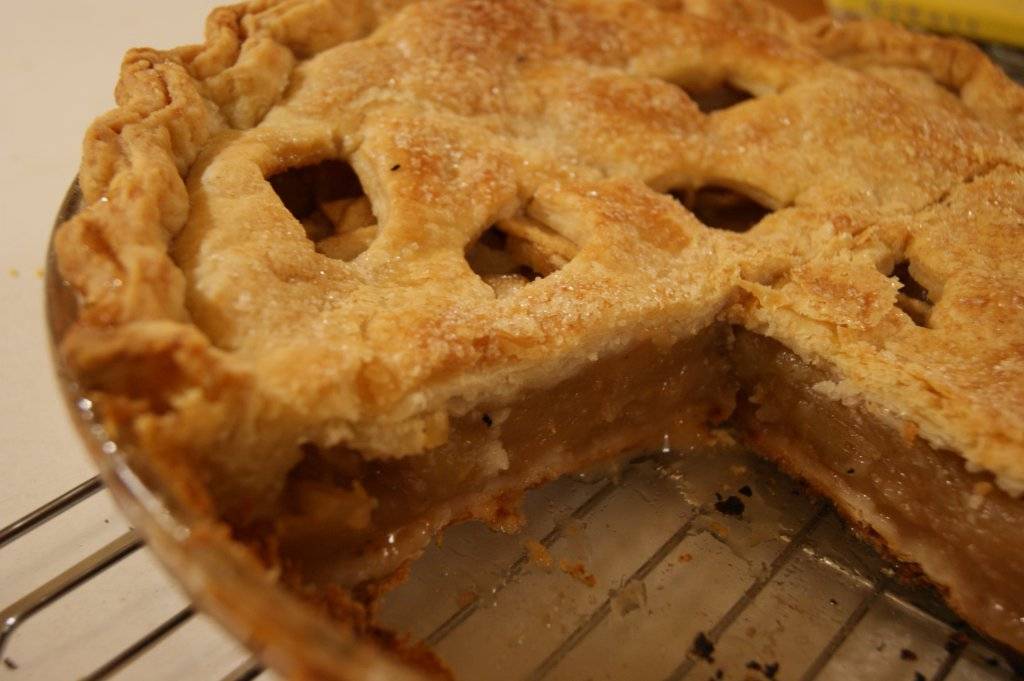 This, my faithful readers, is what an apple pie filling looks like with NO THICKENER (no flour or cornstarch), so long as you have paid attention to choosing the right apple varieties and slicing said apples thinly.
This, my faithful readers, is what an apple pie filling looks like with NO THICKENER (no flour or cornstarch), so long as you have paid attention to choosing the right apple varieties and slicing said apples thinly.
THE RESULTS:
These apples include some supermarket varieties as well as a host of heritage apples, many which are famous for their baking qualities. In my experience, heritage apples are best for baking, not because they hold their shape well (they don’t), but because they all have a rich and complex flavour and a nice balance of tartness when cooked. Heritage varieties can be found at various farm stands in the fall, most notably at Dan’s Country Market on Oldfield road.
Firm-textured apples (the “bricks”) – SWEET APPLES
Golden Delicious – delicious, rich, sweet flavour
Jonagold – nice balance of sweet and tart, delicious, sometimes flowery
Ambrosia – sweet taste, nice “meaty” texture when cooked
Pink Lady – delicious flavour, balance of sweet and tart
Gala – very sweet, nice mild flavour, best to mix with tart apples
Elstar – delicious flavour and balance of sweet and tart, on the softer side when cooked
Golden Russet – a slightly mealier texture, mild and good flavour
Cortland – a sweet and unusual flavour, stays white when cooked
Liberty – tastes exactly like Minute Maid apple juice, softer texture, but still holds shape
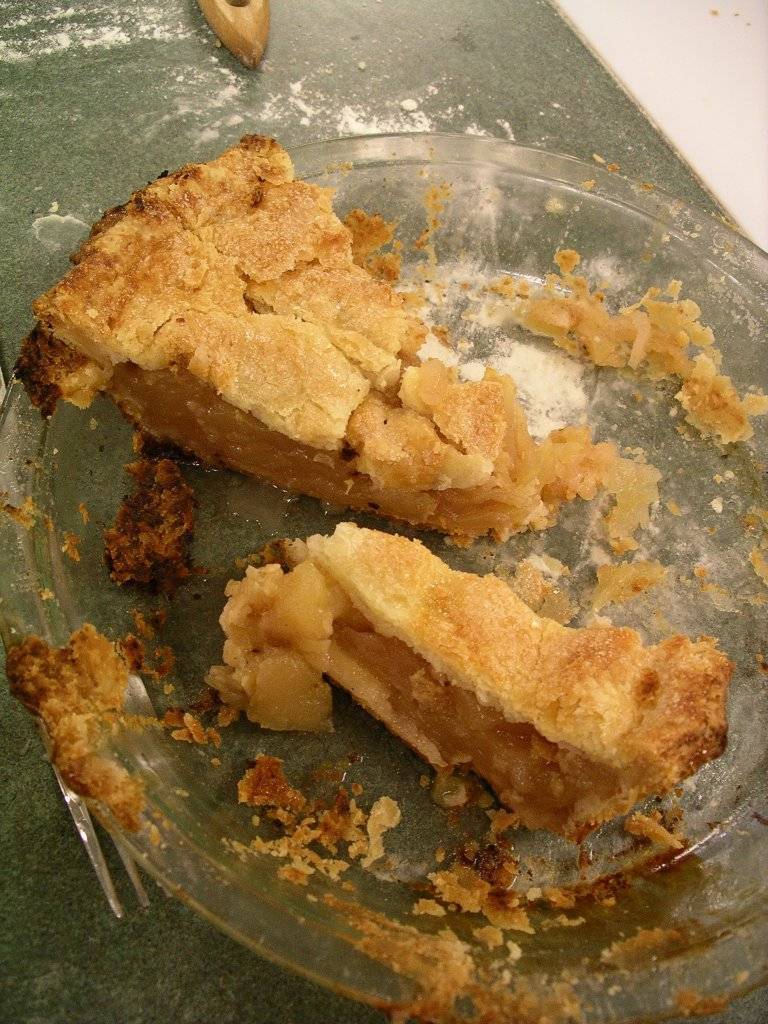
Soft-textured apples (the “mortar”) – TART APPLES
Macintosh – great flavour and balance of sweet and tart
Spartan – excellent flavour and sweet-tart balance
Granny Smith – very tart, less complexity than the tart heritage apples (below)
Jonathan – more tart, nice flavour
Bramley – very, very tart, excellent flavour, complex, delicious
Gravenstein – sweet-tart, excellent flavour, delicious pie apple
Northern Spy – very tart, nice flavour, excellent pie apple
Prima – quite sour, very good flavour
Belle de Boskoop – very tart, excellent flavour
Cox’s Orange Pippin – tart, delicious
Newton Pippin – tart, excellent, complex flavour
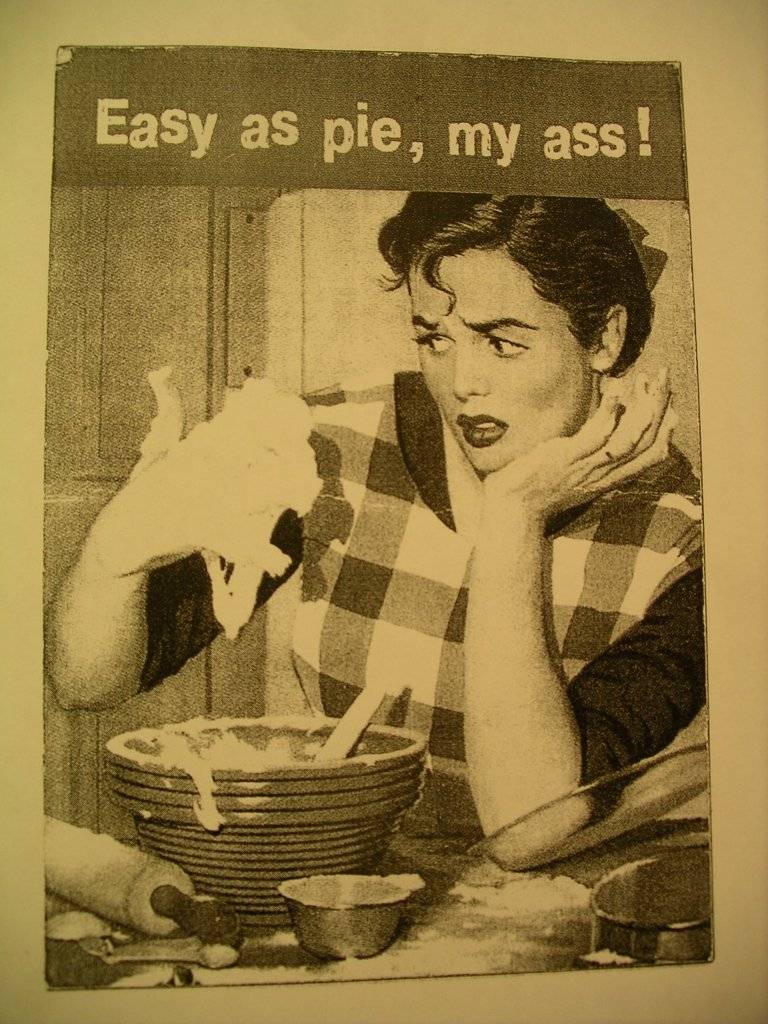
I’m interested to know what your experience has been, or will be now that you have seen this post. Let me know in the comments below. And in the meantime, happy autumn of pie cooking!

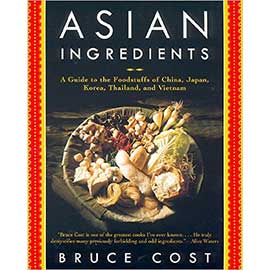

Oh my goodness, his brings back so many great memories! I grew up in Mill Bay on an apple orchard (1 000 trees of various varieties). Elstar and Liberty were probably my top picks for eating.. but oh the pies! When I was in high school I used to sell apple pies at the Duncan Farmer’s Market, and yep, definitely mixed several types together for all my pies.
I just love that you did such a scientific experiment!
Unfortunately you missed the ultimate cooking apple (which isn’t much good for anything but cooking) – I swear by both grandma and granny’s apple pies which required the Transparent variety. I’m guessing because it isn’t any good for eating, it has never made it to your regular grocers shelves. I’ve only seen them available from the older generation back in Ontario who have kept the requisite tree around just for the sake of continued supply for apple pies. Hopefully some astute farmer’s/pie eaters have the foresight to keep these varietals around.
Hi Martin, I didn’t include Transparents because they are only available for such a short time – usually late August. I agree, they are an excellent baking apple, but since they ripen at least a month before other apple varieties, I mix them up with blackberries for pies.
Yes, transparent great, but can’t be bought out west, another great one (not grown now) is Wolf River, they’re Hugh
Yes , I have tried the pie with ONLY Granny Smiths and found them Very Unsatisfactory.
There was a Huge open area between the pie crust and the filling!! Lots of sugsr required too.
Lately, I have mixed em up as you discribe in your blog and found the pies much more pleasing esthetically as well as taste wise and a lot less sugar required.
I love this level of pie-nerdiness!! What a fun and thorough experiment. I too don’t love the Granny’s in pies as much as I’m told I should. My favourite pie apple is the one in my backyard – Rob Roy. But when they’re not in season, my go-to apple is always Gala for their unique pear-like flavour when baked. Mmm… now I want to get my pie on!
“Pie-nerdiness!” I love it, Amy :)
Next year I’m bringing you to our house to figure out what the heck the apples on our trees are. All I know is that they make a decent pie if you use them fresh off the tree, but if you freeze them all you are ever going to get is applesauce. They totally break down! They are tart and delish though.
Thanks for all the apple research, it was very informative. Now all we need is your apple pie recipe….pretty please.
Here’s another thing that no one mentions. Apples are like potatoes, in that , they can be “new” or older (having been stored). When they are freshly picked they will keep their shape better. When they are older (storage) they tend to cook to mush.
Also if they are picked slightly prematurely (often with commercial Apples) they will stay very hard and sometimes too hard for a nice tender pie. -Just my observations over the years.
ooh, Marti, awesome additions to the apple test! I am going to have to embark on additional tests!!
My favorite has always been the Newton Pippin. It does get soft (because who likes crunchy apples in pie, really) yet keeps its shape, and the flavor is fantastic.
Love that you did the apple test for all of us, thank you! I love going to the winery in a Cobble Hill where Joe has bins of apples to choose from. I can choose more wisely one although I juice most of the apple I Buy. I love Shauna’s comment. I love the Duncan Farmers Market! The best!
Thank you for doing the apple test and sharing your findings. I love to mix apples as well. I love going to the winery where Joe has bins of a variety of beautiful apples with one ready for for a slice to be tasted. I love to juice apples most all. Thanks for your comment Shauna, lucky you to grow up on a orchard. The a Duncan Farmers Market rocks!
love this, heidi!!! you know i’m a pie dud, but i’ve made a million apple crisps and pots of applesauce. agree with you that a mix of apples is ideal for texture balance, but if i have to pick one, it’s always golden delicious. they get a bad rap for mealiness, but good golden delicious apples are my favorite for baking – not too hard, not too mushy, excellent flavor. newer mutsu are good too – cross of golden delicious with a japanese sweet apple.
and for the record, i can’t stand granny smiths, for eating or baking. i’ve always loved pippins for tart, but they aren’t as widely available as they used to be.
thanks for the legwork – great public service for bakers everywhere!
Thanks, Lillian!! We definitely have to make a pie together the next time we see each other :)
How interesting! I didn’t even know that the different kinds of apple could make a difference.
Great Blog Heidi!! I am posting this link on my friends site, Salt
Spring Apple Company! An organic orchard that is bringing back lots of heritage apples to us! Oh and the vodka pie crust… WELL!!! xoxo
I am so glad that I found this post before Thanksgiving (I am in the US)! I had previously tested an apple pie recipe with Granny Smiths and they did not hold their shape well. For Thanksgiving, I made an apple pie using thin slices (per your recommendation) of Granny Smiths and Golden Delicious. Not only did the slices of pie look beautiful as a result of the layered thin slices of apple, but the apples behaved just as you said they would: the sweet apples were the bricks that maintained their shape, and the Granny Smiths broke down more and were the mortar between the slices. Everyone raved about the pie. Thank you for this informative blog!
You are most welcome, Laura! I’m so glad your pie got rave reviews :)
Thanks for this helpful information, based upon your experience, Heidi, which 2 varieties are your favorite combination?
Hi Tiere,
In the fall, when apple varieties are plentiful, I like to pair any tart heritage variety (e.g. Bramley’s, Belle de Boskoop, Cox Orange Pippin), with a sweet apple like Jonagold or Ambrosia. The rest of the year, my standard mixture is 50/50 Spartan/Golden Delicious (since they are easy to find and taste great).
Thanks for sharing your favourite combinations. I’m going to attempt my first ever apple pie for Thanksgiving. Are you willing to share your recipe? It’s obviously fine if you don’t. If not, then should I just omit the flour or cornstarch when using your method, ie., thinly slicing the apples and using 2 varieties? Many thanks!!
Hi Tiere,
yes, you can use your favourite apple pie filling recipe, but use my apple combo and slicing methods, and leave out the starch out of your filling!
Way back in the past, my mother used to make apple pies. The ones I liked best were made from Baxter apples grown on our own farm. The farm is long gone and I cannot find Baxter apples.
Have you tried them for pies?
Any idea where I could find some?
Hi Allan, I have not heard of Baxter apples, but the best place to find them (or something similar) would be at a farm market that specializes in heritage apples. Try Apple Luscious orchards on Salt Spring Island, or Dan’s Country market in Saanich.
im also from van. island. all my life my mom used transparent app,es. so hard to get as season is short, and they definitely do not keep long, so most stores dont have them for this reason.
i go to root cellar very early in season. peel,slice and freeze.
i use tapioca,minute tapioca for thickener. 2nd choice are macs, sliced very much thicker,tapioca for thickener. umwah best ever
Coming from the UK, the Bramley apples were the best, they used to be called baking apples and were grown for cooking, but I haven’t seen any Bramleys in Canada.
I’ve seen Bramleys at our local apple farm in Saanich. Farmer Dan specializes in heritage apples. Agreed, Bramleys are excellent pie apples.
I noticed Braeburn apples in your picture but didn’t see their cooking results listed? Also do you have any information on Honey Crisp for cooking, soft or firm?
What about sunrise or jazz varieties?
Good question! They are both sweet apples, so they will hold their shape when baked into a pie.
I am a great fan of Tarte Tatin. I was told that the French use Belle de Boskoop apples for their Tarte Tatin. It is impossible to find these apples in the Sarasota area. I’ve made tartes with Golden Delicious or Granny Smith. The Granny Smith tartes are always on the mushy side but with nice tart flavor. Golden Delicious tartes hold up slightly better but are not as complexly flavored as the Granny Smith. Have you ever made a Tarte Tatin and if so, what variety of apple do you use?
I have made a tarte tatin, but I used quince!! LOL. This gives me an idea t try several varieties of tarte tatin this fal with different apples.
I make hard apple cider and am used to looking at apples through that lens. I also have a science background and am trying to understand your results. Sweet and tart are actually descriptions of how we perceive the ratio of sugar to malic acid. Apples can have low, medium, high, or very high sugar levels, and low, medium, high, or very high acid levels. I don’t have numbers for all of the varieties you tested but Liberty, and Gala have medium sugar and medium acid. Macintosh, Cortland, Spartan, Wolf River, and Northern Spy all have medium sugar and high acid. Belle de Boskoop has very high sugar and very high acid. Golden Russet has very high sugar and high acid. Bramley and Yellow Transparent are low in sugar and high in acid. So it is a mixed picture. Maybe something else accounts for whether or not an apple keeps its shape or turns to mush when cooked? On a point another commentator made, apples that have been in common storage loose some of their acid as they age, and any starch they had left when picked gets turned to sugar.
Hi Christina,
very interesting. I based my categorizations on how we perceive apples on the tongue, whether the apples taste mainly tart (e.g granny Smith) or mainly sweet (e.g. Gala). I have done this experiment twice, two years apart, but both times in the early fall, when the apples are newly picked. Both times I got the same result. I don’t know exactly why the results were that way – as you say, it might have nothing to do with the acid content. Maybe it’s due to the acid interplaying with the sugar. I don’t know if or how pectin plays into this. I am not a food scientist, only a chef and avid cook who observes what happens in the kitchen.
PS Maybe the missing piece of the puzzle is pectin, which is high in under-ripe and just ripe fruit, and decreases as the apple ages. This article on the science of jam making may shed some light: https://www.exploratorium.edu/cooking/icooks/article_6-03.html#:~:text=Note%20that%20just%2Dripe%20fruit,pectin%20turns%20to%20pectic%20acid. The author explains that acid helps to extract pectin from cells and that sugar attracts water away from the pectin so that pectin bonds with itself instead to create a gel network….Apparently green skinned apple varieties are higher in pectin than their red-skinned counterparts.
I have done this experiment twice, two years apart, but both times in the early fall, when the apples are newly picked. Both times I got the same result. Maybe I will try another experiment later in the year
Thank you for your research. I almost never like apple pie, although that probably has a lot to do with having mostly tasted grocery store pies. I recently tasted apple pie at White Spot and decided I wanted to try to make a pie after all. They say their pie is made from Granny Smith apples but it sure doesn’t seem like it. Next time you pass by a White Spot, let me know what you think. I think I’ll follow your advice instead, for now (and bring your list with me to shop what’s on sale).
And now to try to figure out a pie crust.